Home>Technology>Smart Home Devices>What Is The Weight Of Normal Printer Paper
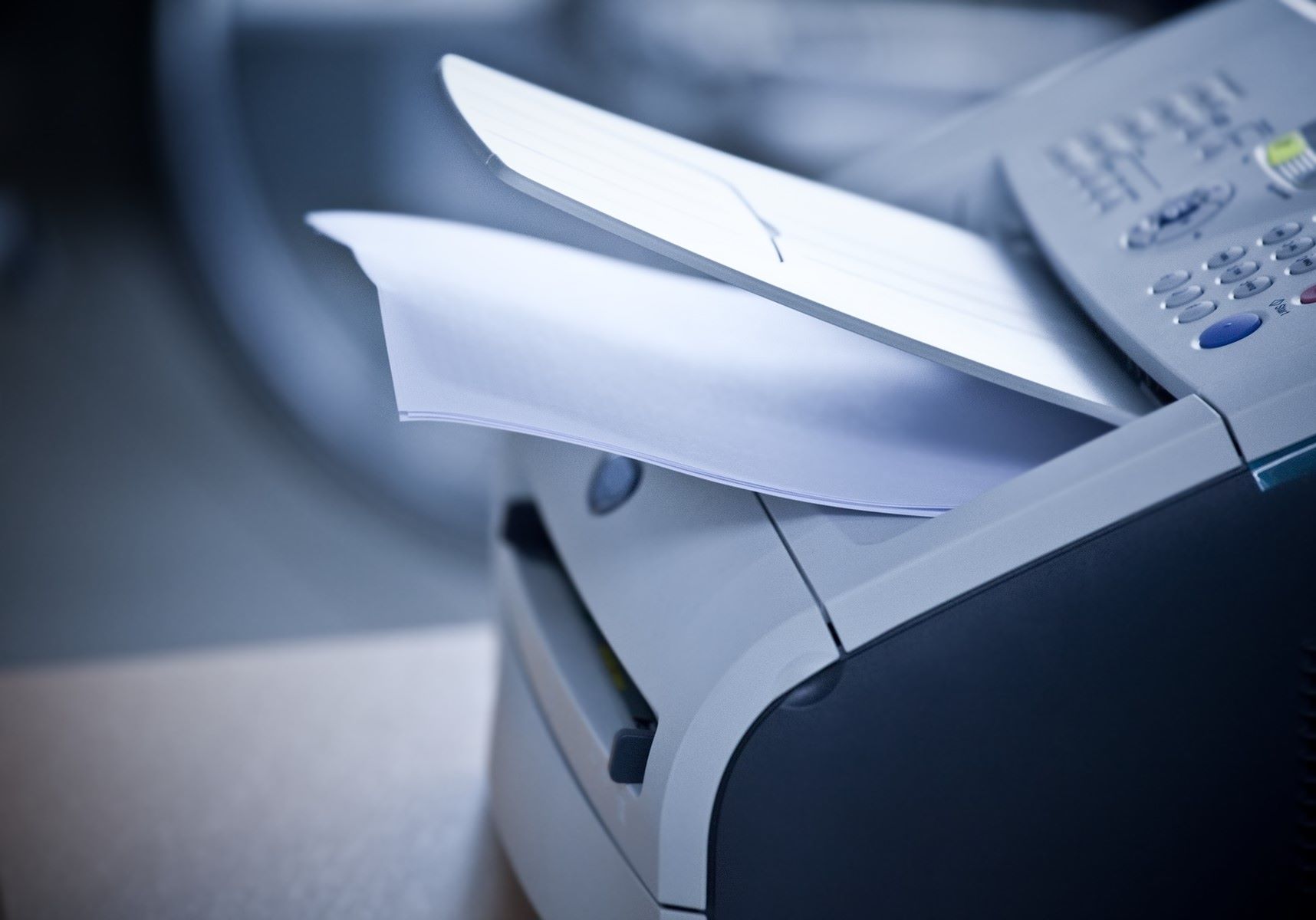

Smart Home Devices
What Is The Weight Of Normal Printer Paper
Modified: January 20, 2024
Discover the weight of normal printer paper and its impact on smart home devices. Learn how paper weight affects printing quality and device performance.
(Many of the links in this article redirect to a specific reviewed product. Your purchase of these products through affiliate links helps to generate commission for Storables.com, at no extra cost. Learn more)
Introduction
Welcome to the world of printing, where the weight of paper plays a crucial role in determining its suitability for various printing needs. Understanding the weight of printer paper is essential for achieving the desired print quality and ensuring that your printing projects turn out just the way you envision them.
When it comes to printer paper, weight is a significant factor that affects its thickness, durability, and overall performance. In this article, we will delve into the standard weight of printer paper, explore different types of printer paper, and examine the factors that influence paper weight. By the end, you will have a comprehensive understanding of how paper weight impacts your printing experience and how to choose the right paper for your specific printing requirements.
Key Takeaways:
- Understanding the weight of printer paper is crucial for choosing the right paper for different printing needs, from everyday documents to high-quality presentations and vibrant photographs.
- Factors like fiber content, coating, thickness, size, and intended use influence paper weight, guiding the selection of the most suitable paper for specific printing projects.
Read more: What Is Printer Paper Called
The Standard Weight of Printer Paper
Printer paper weight is typically measured in pounds (lb) or grams per square meter (gsm). The weight of printer paper refers to the density and thickness of the paper, which significantly impacts its suitability for different printing applications.
Standard printer paper, often used for everyday printing tasks such as documents, letters, and forms, typically falls within the 20 lb to 24 lb range. This weight range provides a balance between cost-effectiveness and quality, making it ideal for general-purpose printing needs.
For more professional or high-quality printing requirements, such as presentations, reports, and marketing materials, heavier paper weights ranging from 28 lb to 32 lb are commonly used. These heavier weights offer enhanced durability and a more substantial feel, elevating the overall look and feel of printed materials.
Understanding paper weight is essential for selecting the right paper for specific printing projects. Lighter weights are suitable for everyday printing, while heavier weights are preferred for projects that require a more polished and professional appearance.
Different Types of Printer Paper
Printer paper comes in a variety of types, each designed to meet specific printing needs and preferences. Understanding the different types of printer paper can help you choose the most suitable option for your projects.
- Bond Paper: This type of paper is commonly used for everyday printing tasks such as documents, letters, and forms. It typically has a standard weight of 20 lb to 24 lb and provides a balance between cost-effectiveness and quality.
- Matte Paper: Matte paper is known for its non-glossy finish, making it ideal for printing text-heavy documents, photographs, and graphics. It is available in various weights and is often preferred for its professional look and feel.
- Glossy Paper: Glossy paper is designed to produce vibrant and high-quality prints with sharp, vivid colors. It is commonly used for printing photographs, marketing materials, and presentations, offering a glossy finish that enhances the visual appeal of printed images.
- Cardstock: This heavyweight paper is sturdier and more durable than standard printer paper, making it suitable for printing greeting cards, invitations, and other special projects that require a thicker and more substantial feel.
- Photo Paper: Specifically designed for printing photographs, photo paper is available in various finishes, including glossy, matte, and satin. It provides excellent color reproduction and sharp detail, making it the preferred choice for high-quality photo prints.
- Label Paper: Label paper is equipped with an adhesive backing, allowing it to be used for printing labels and stickers. It is available in various sizes and finishes, making it versatile for labeling and organizational purposes.
Each type of printer paper offers unique characteristics and benefits, catering to different printing requirements and preferences. By understanding the distinctions between these paper types, you can make informed decisions when selecting the most suitable paper for your printing projects.
The weight of normal printer paper is typically around 20 pounds, which is also known as 20 lb paper. This is a standard weight for everyday printing needs.
Factors Affecting Paper Weight
Several factors contribute to the weight of printer paper, influencing its thickness, density, and overall performance. Understanding these factors can provide valuable insights into the characteristics of different paper types and their suitability for specific printing applications.
- Fiber Content: The type of fibers used in paper production, such as wood pulp, cotton, or a combination of materials, can impact the paper’s weight and texture. Papers made from cotton fibers tend to be heavier and more durable compared to those made from wood pulp.
- Coating: Coated papers, which are treated with a layer of clay or other compounds, can have a higher weight due to the added coating. The coating enhances the paper’s smoothness, print quality, and resistance to moisture, affecting its overall weight and performance.
- Thickness: Thicker paper generally has a higher weight, as it contains more material per unit area. The thickness of the paper contributes to its sturdiness and suitability for specific printing needs, such as double-sided printing or projects requiring a substantial feel.
- Size: The dimensions of the paper, such as letter size (8.5″ x 11″) or legal size (8.5″ x 14″), can impact its weight. Larger paper sizes typically have a higher weight due to the increased material used in their production.
- Finish: The finish of the paper, whether matte, glossy, or textured, can influence its weight and visual characteristics. Papers with glossy finishes may have a higher weight due to the coating applied to achieve the glossy effect.
- Intended Use: Papers designed for specific printing applications, such as photo printing, labels, or specialty projects, are engineered with unique characteristics that can impact their weight. For example, photo paper is often heavier to support high-quality image reproduction.
By considering these factors, you can gain a deeper understanding of how paper weight is influenced by various elements in the paper manufacturing process. This knowledge can guide you in selecting the most suitable paper for your printing needs, ensuring optimal results and performance.
Conclusion
Understanding the weight of printer paper is essential for making informed decisions when selecting paper for your printing projects. Whether you’re printing everyday documents, high-quality presentations, or vibrant photographs, the weight of the paper plays a critical role in achieving the desired results.
By familiarizing yourself with the standard weight of printer paper and the different types available, you can tailor your paper choices to meet specific printing requirements. Whether you opt for lightweight bond paper for routine printing tasks or heavier cardstock for special projects, choosing the right paper weight can enhance the quality and visual appeal of your printed materials.
Factors such as fiber content, coating, thickness, size, and intended use contribute to the weight of printer paper, influencing its characteristics and suitability for various printing applications. By considering these factors, you can make informed decisions when selecting the most appropriate paper for your specific needs.
Ultimately, understanding the weight of printer paper empowers you to optimize your printing experience, ensuring that your printed materials meet your expectations in terms of quality, durability, and visual impact. Whether you’re a professional seeking the perfect paper for client presentations or an individual looking to create memorable prints, the right paper weight can make a significant difference in the outcome of your printing projects.
With this knowledge in hand, you can confidently navigate the world of printer paper, selecting the perfect weight and type to bring your printing visions to life with precision and excellence.
Frequently Asked Questions about What Is The Weight Of Normal Printer Paper
Was this page helpful?
At Storables.com, we guarantee accurate and reliable information. Our content, validated by Expert Board Contributors, is crafted following stringent Editorial Policies. We're committed to providing you with well-researched, expert-backed insights for all your informational needs.
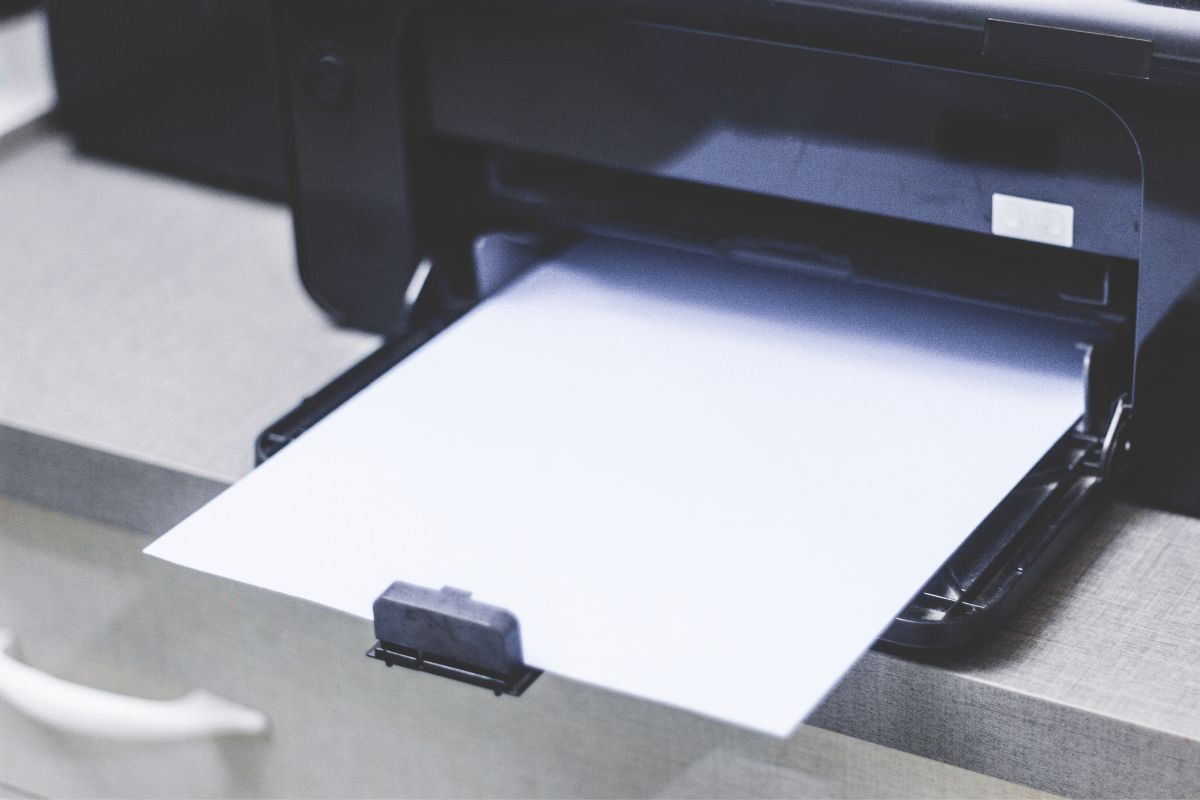
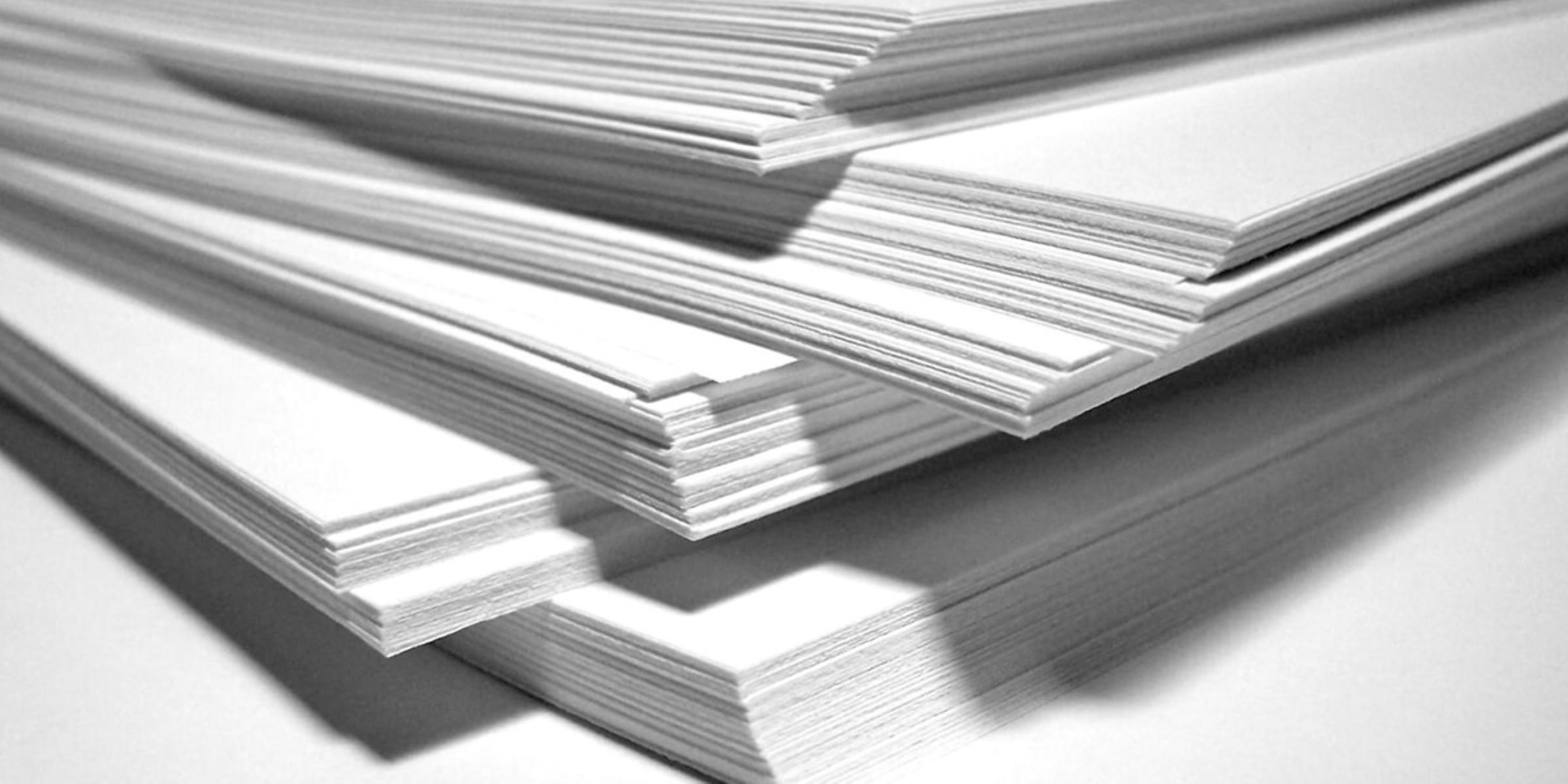
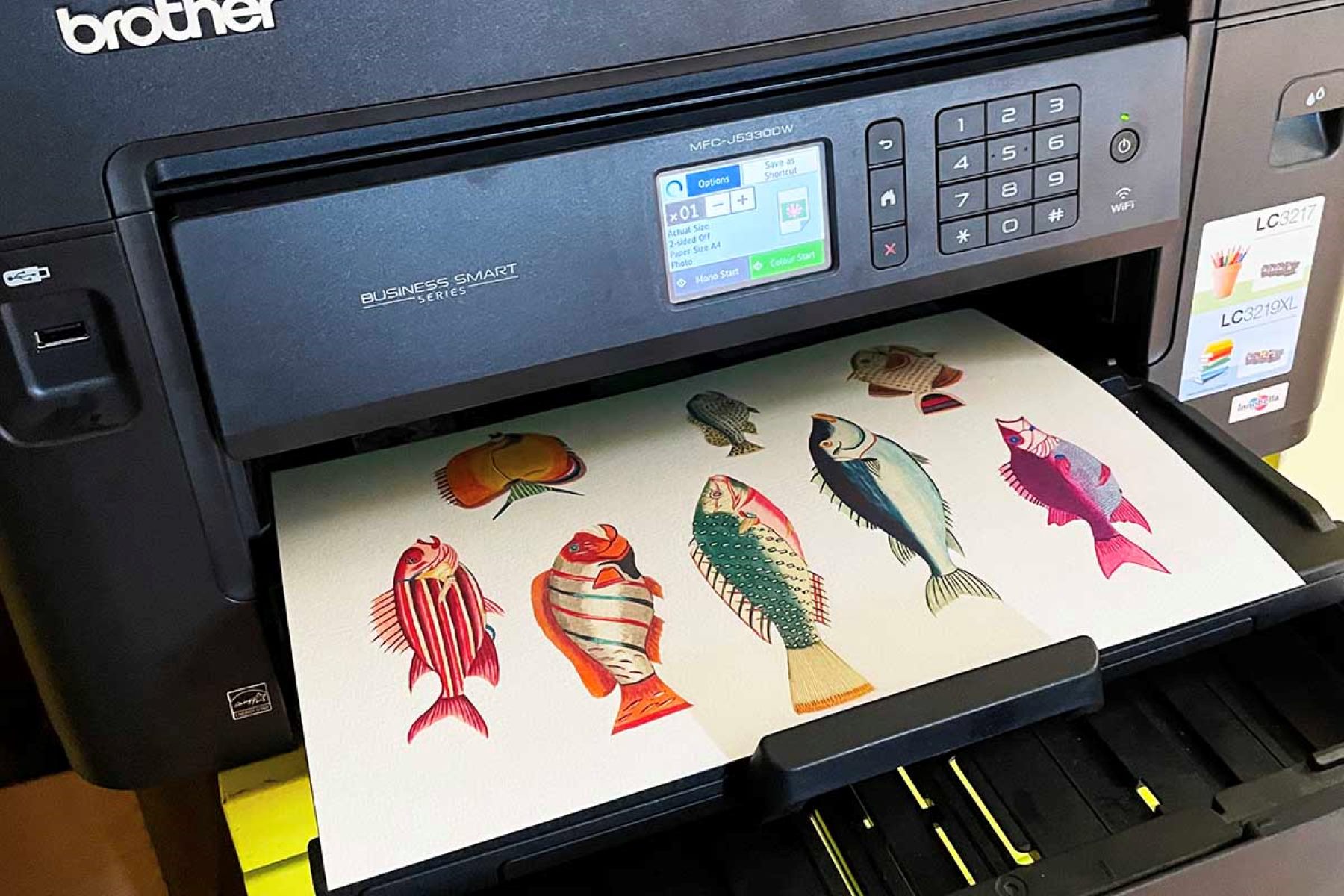
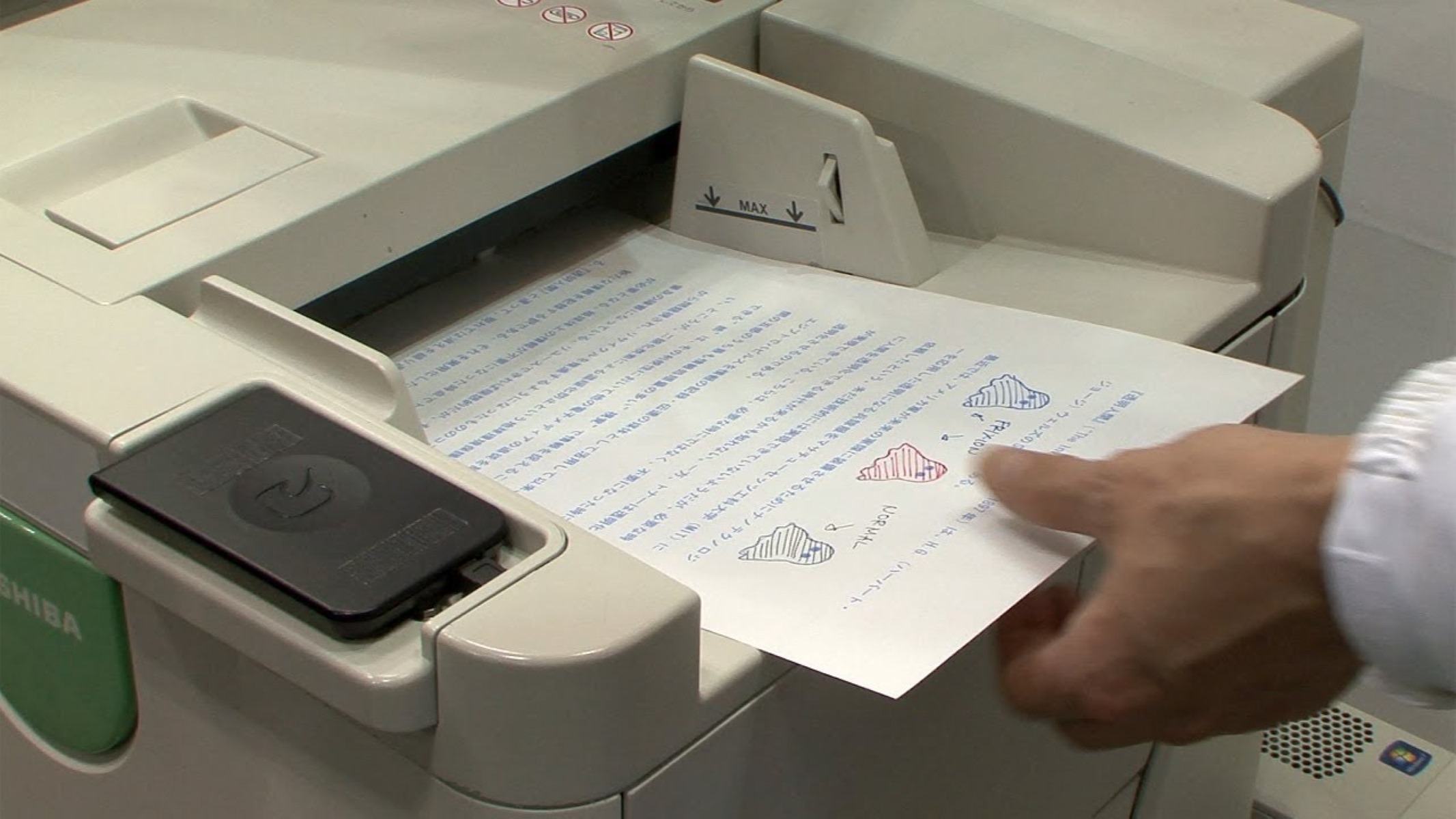
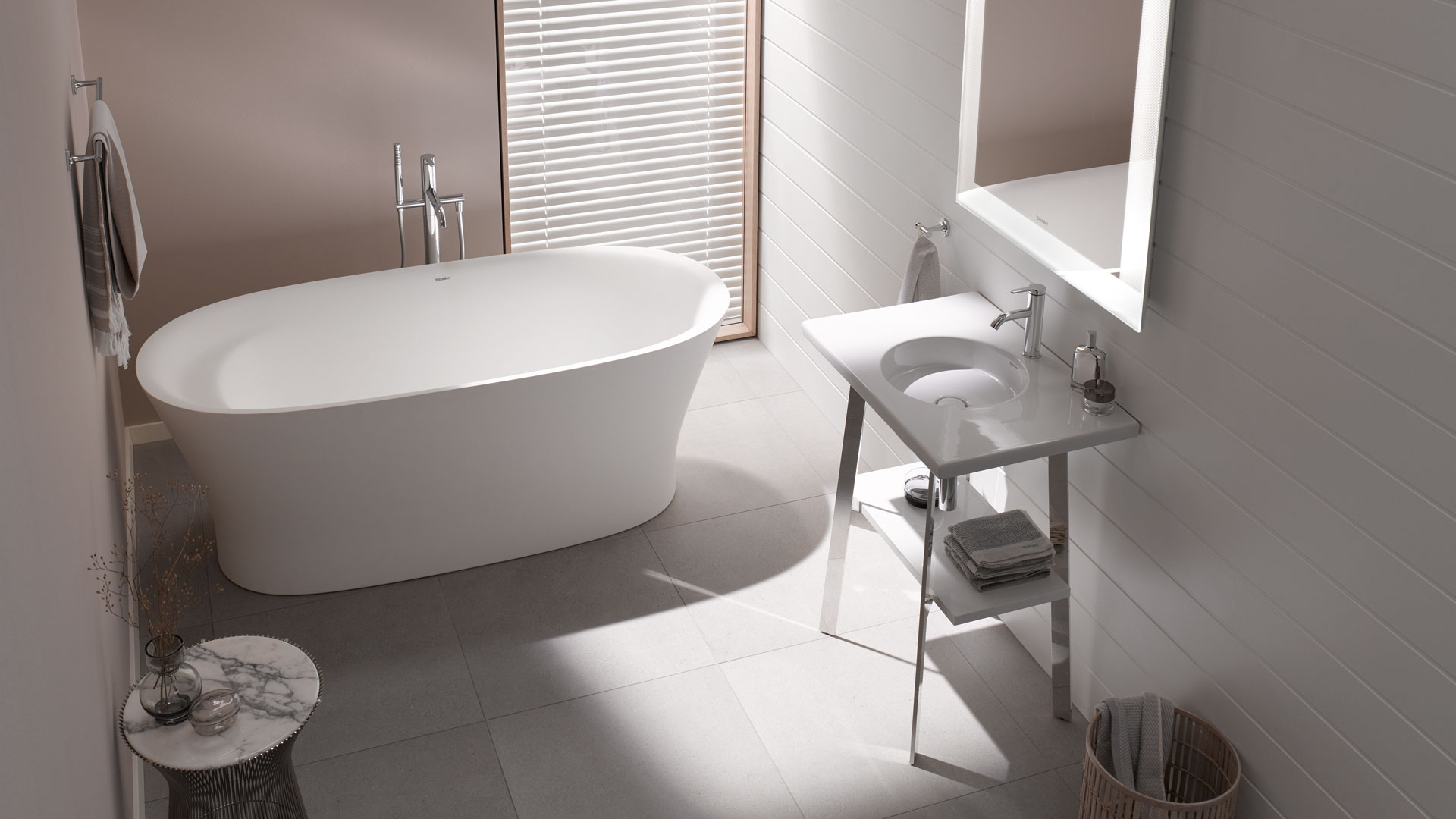
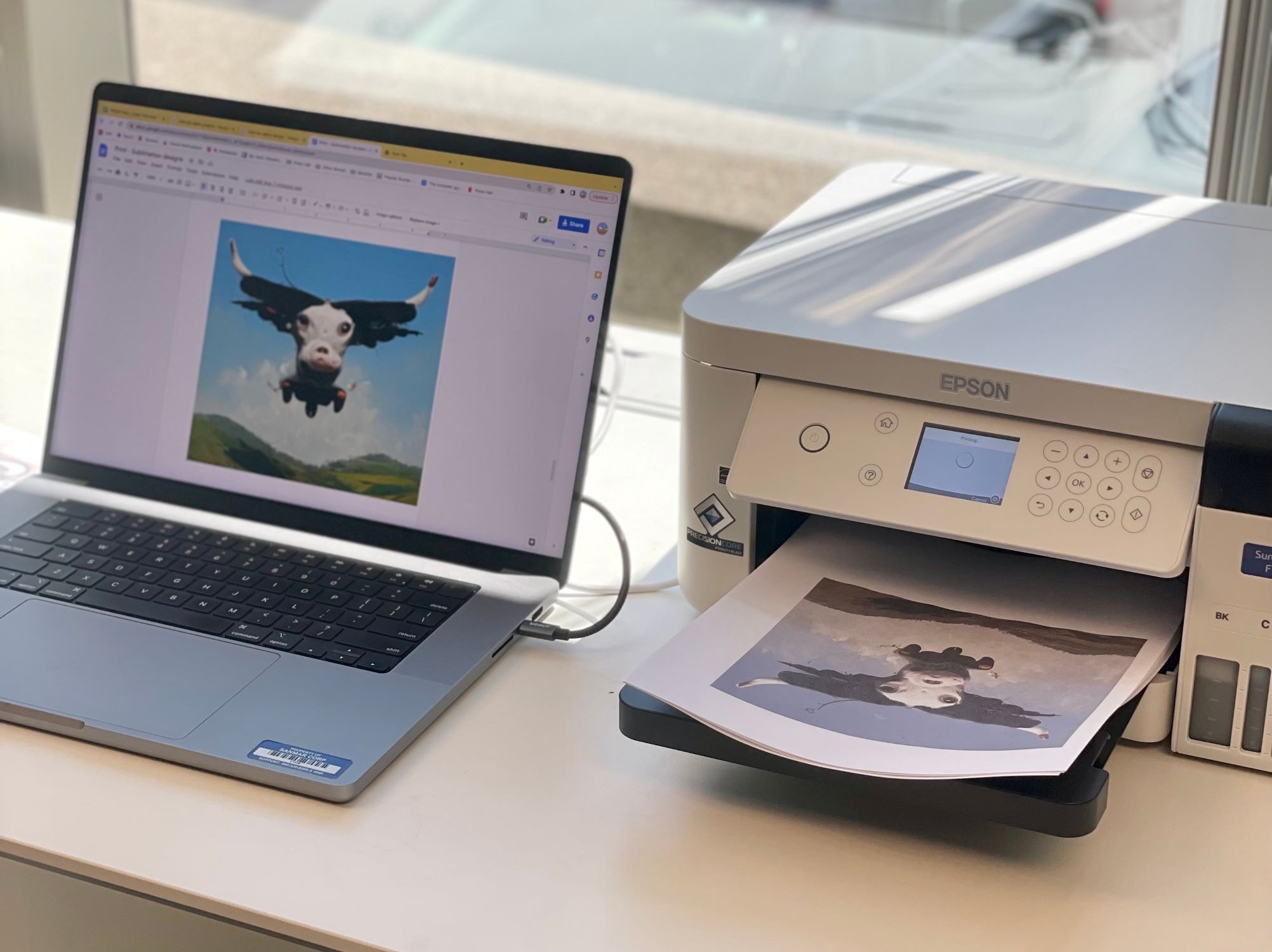
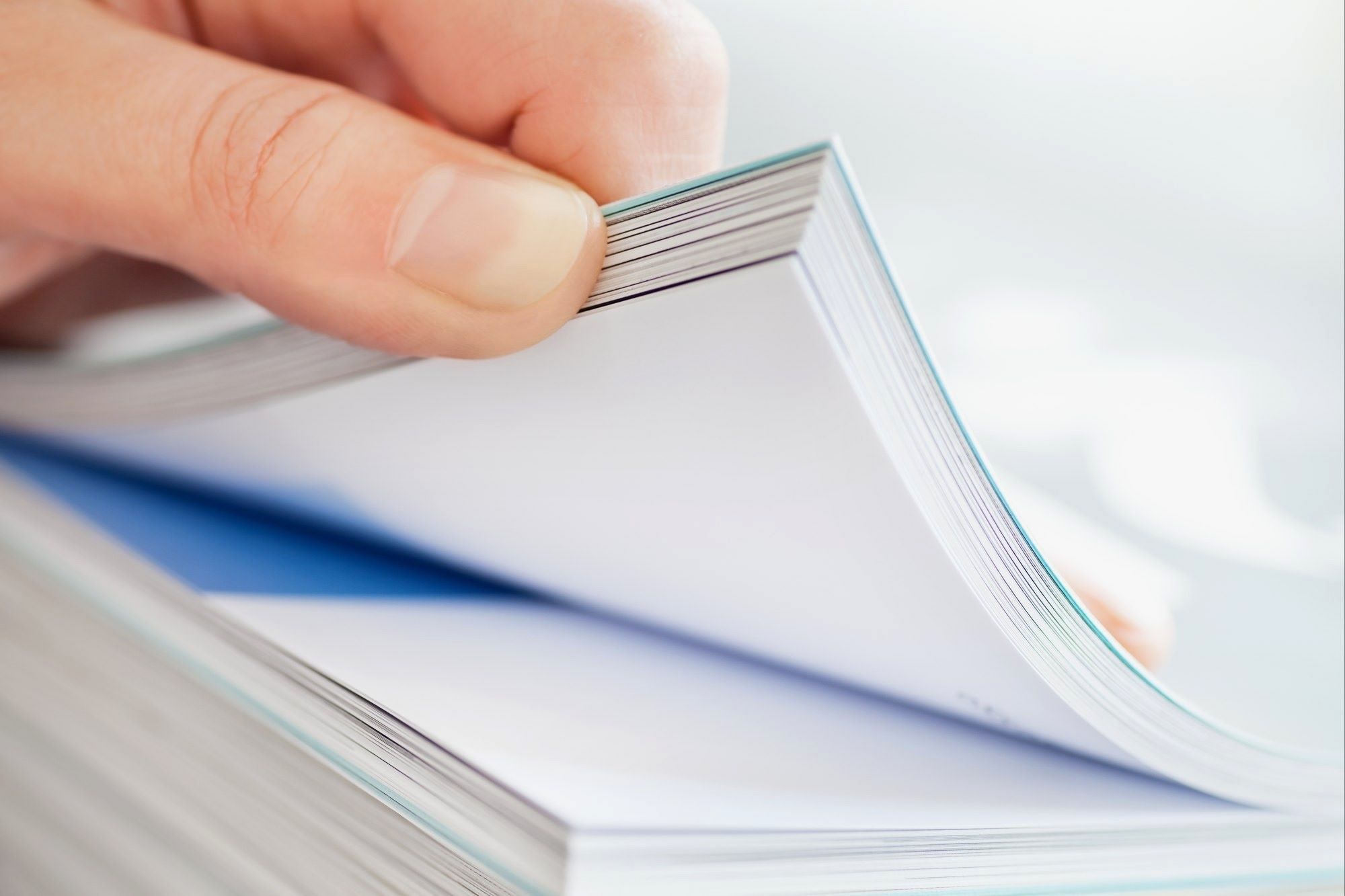
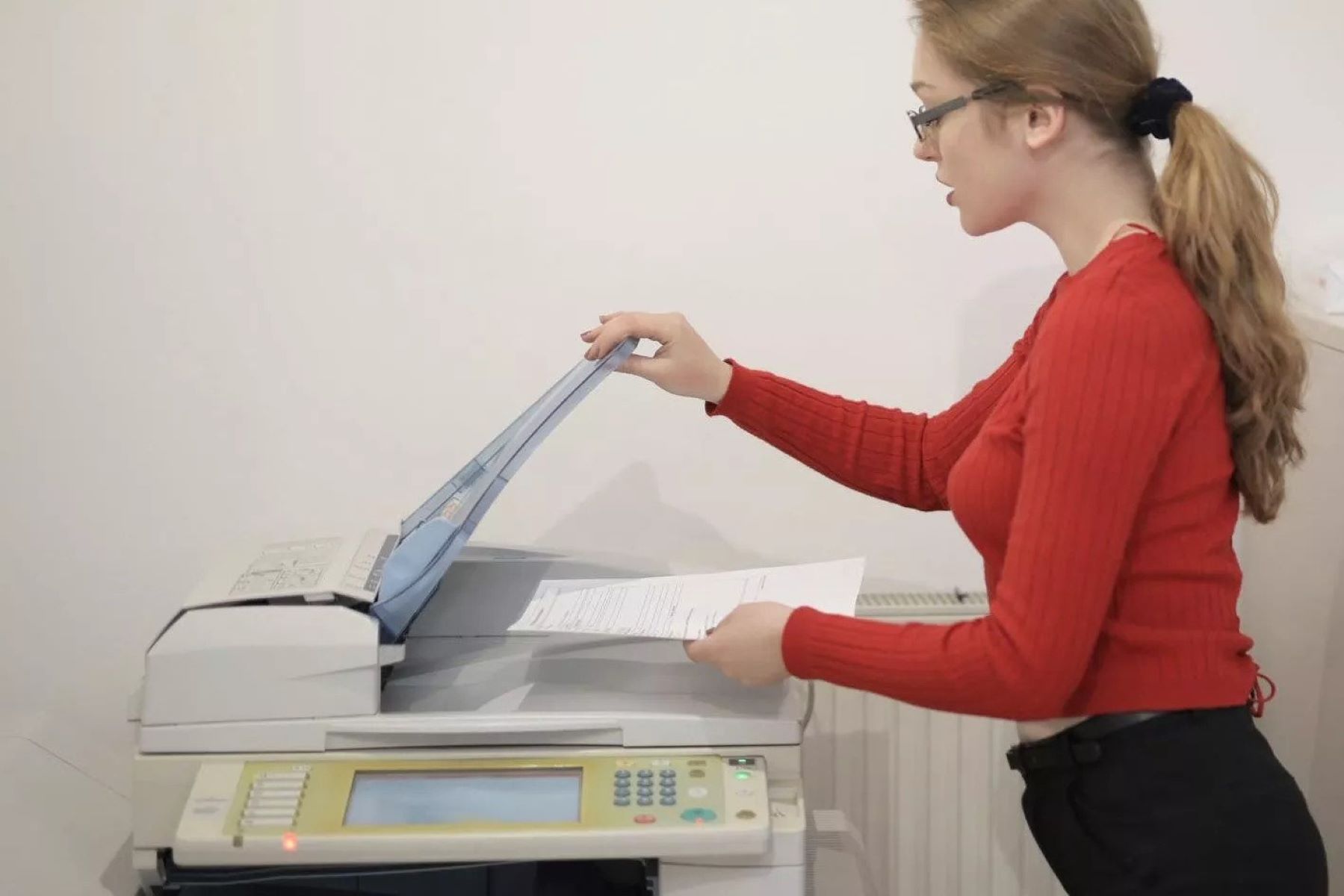
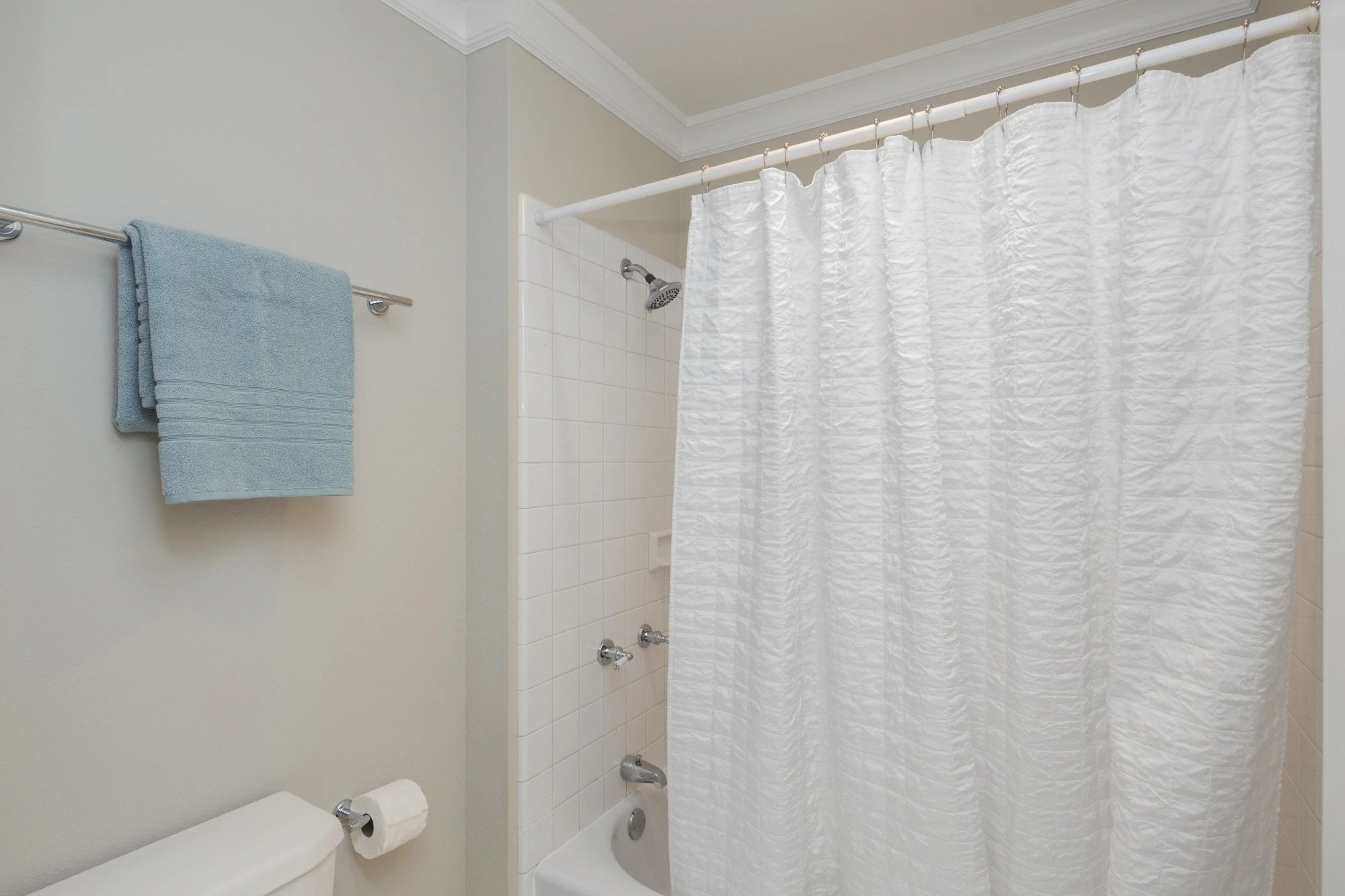
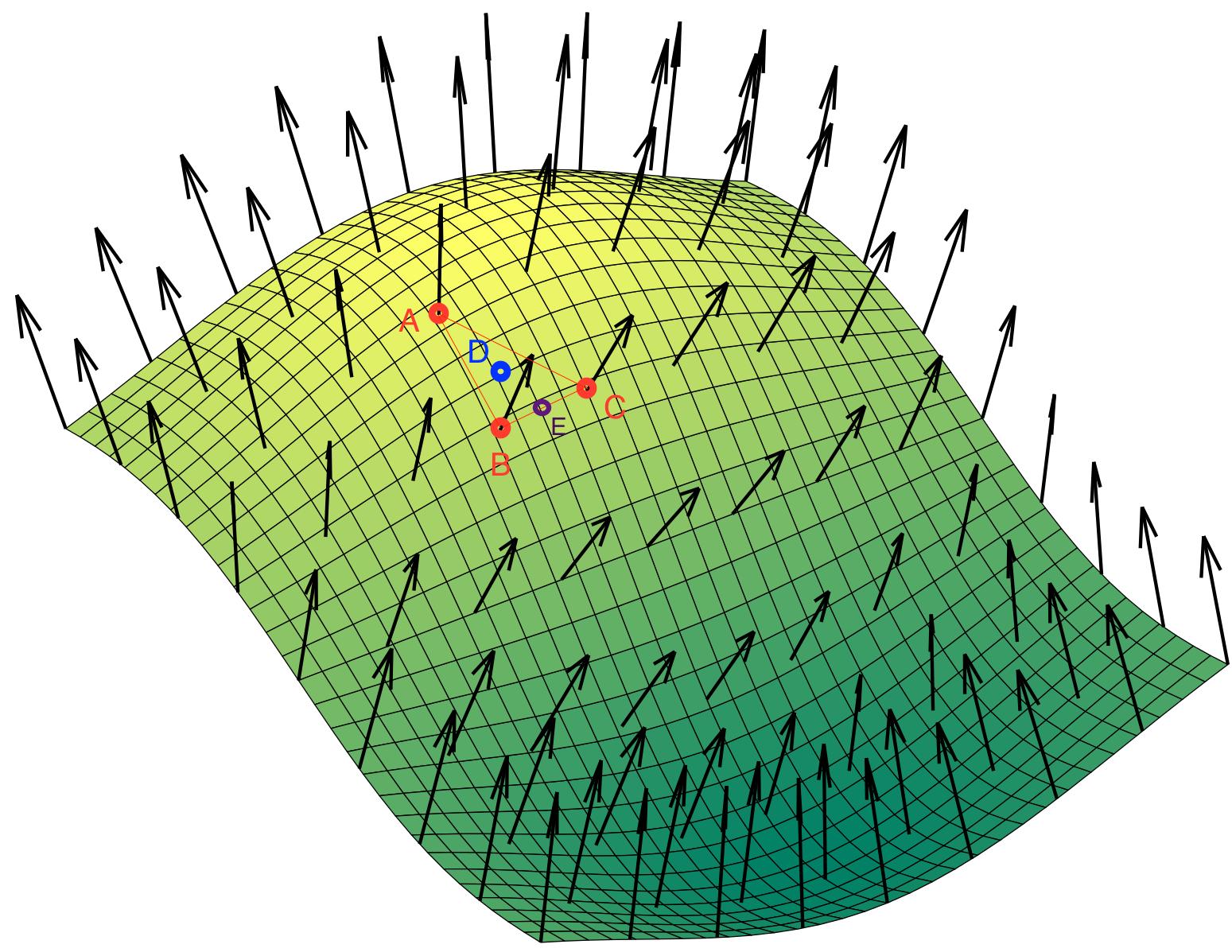
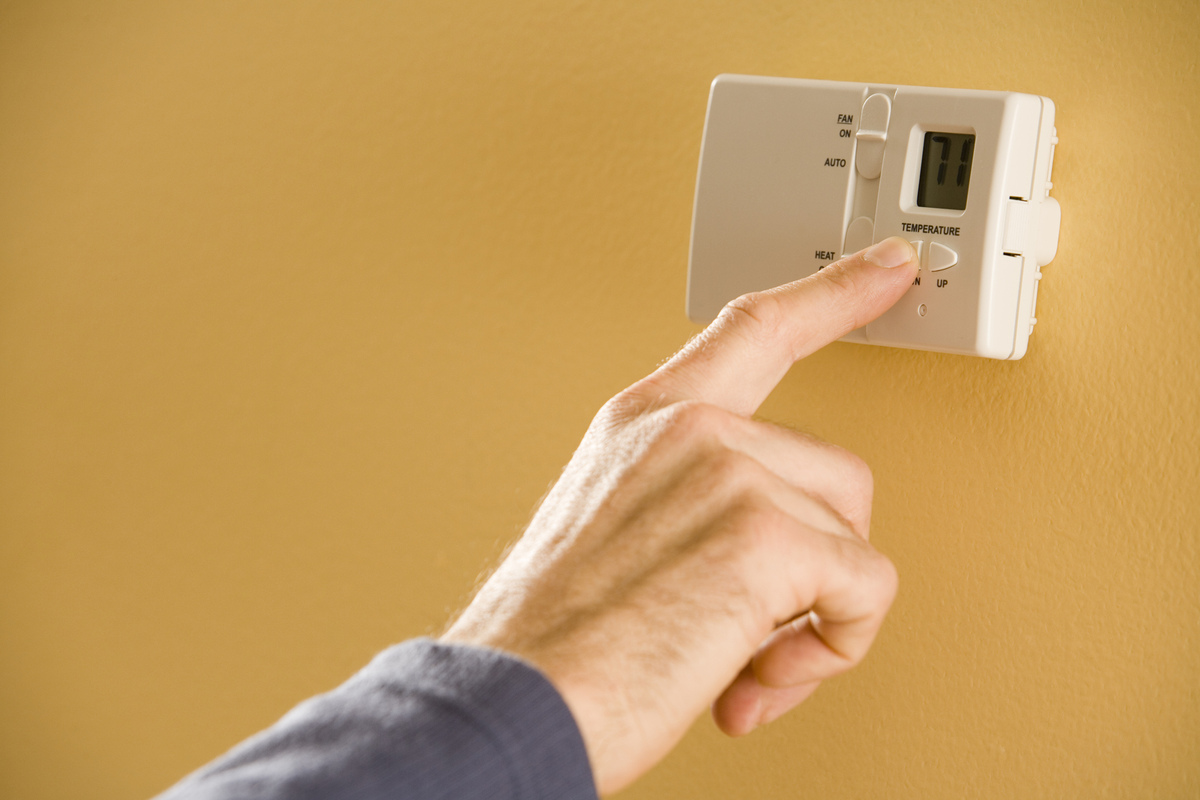
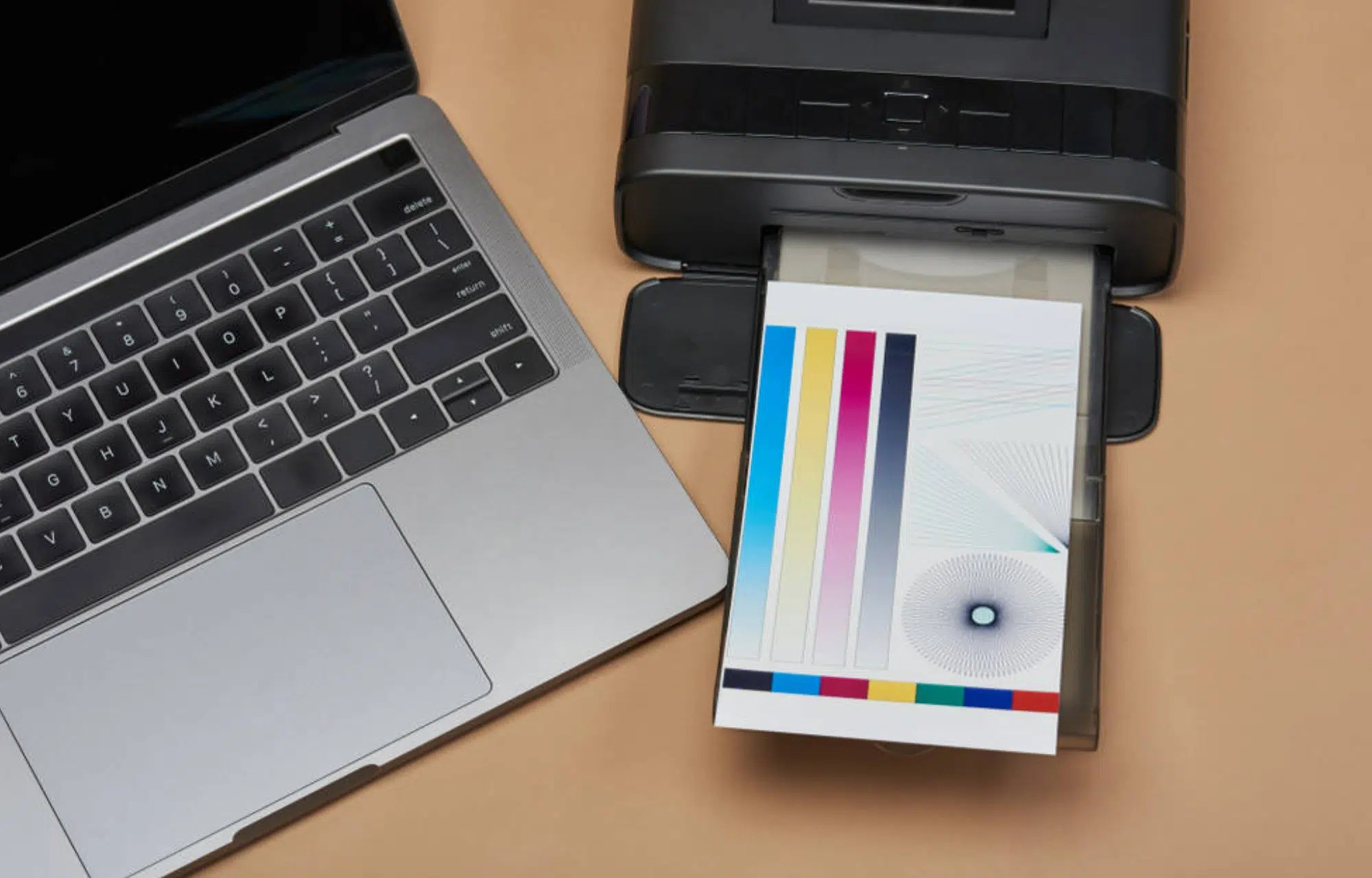
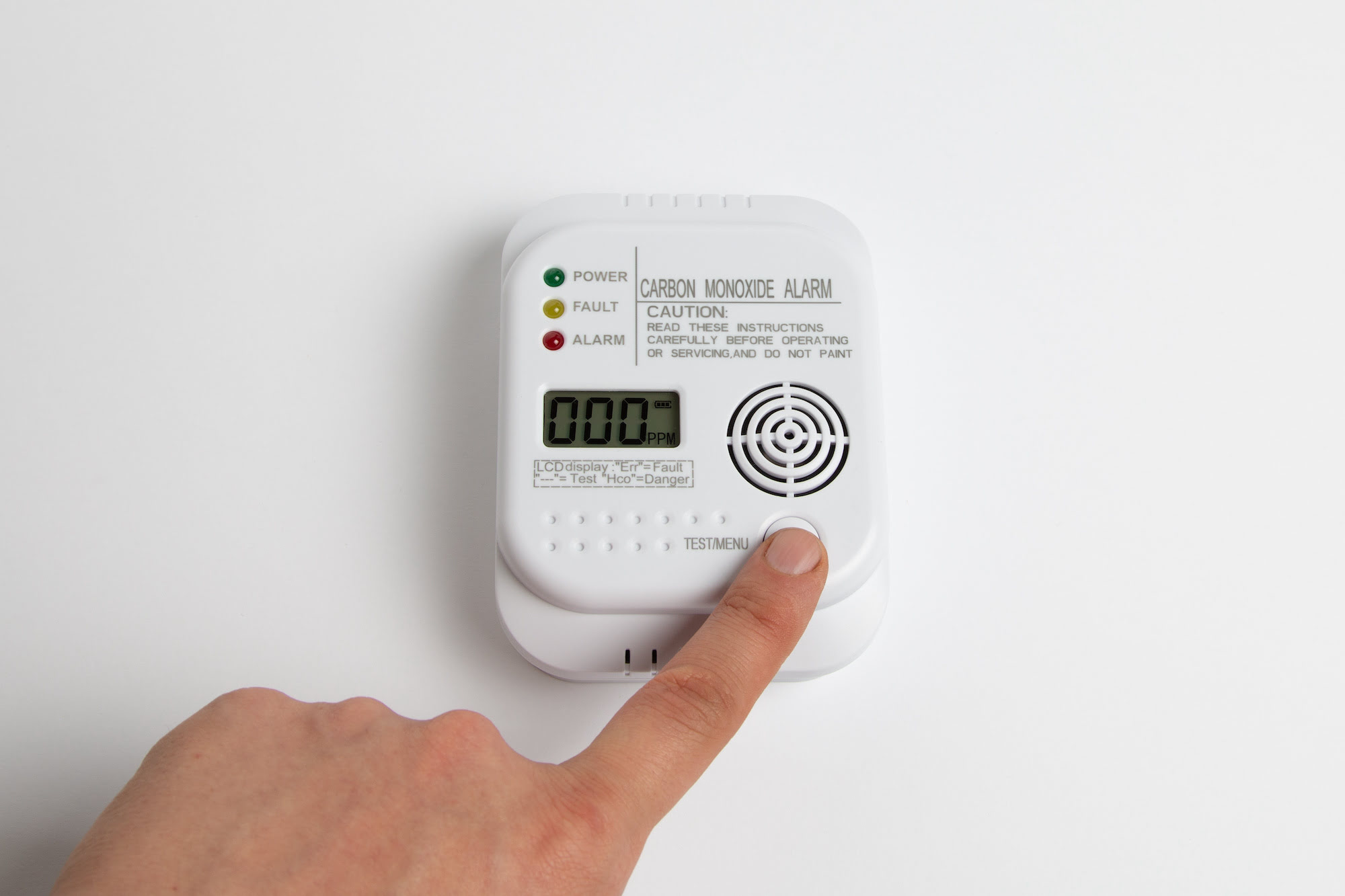
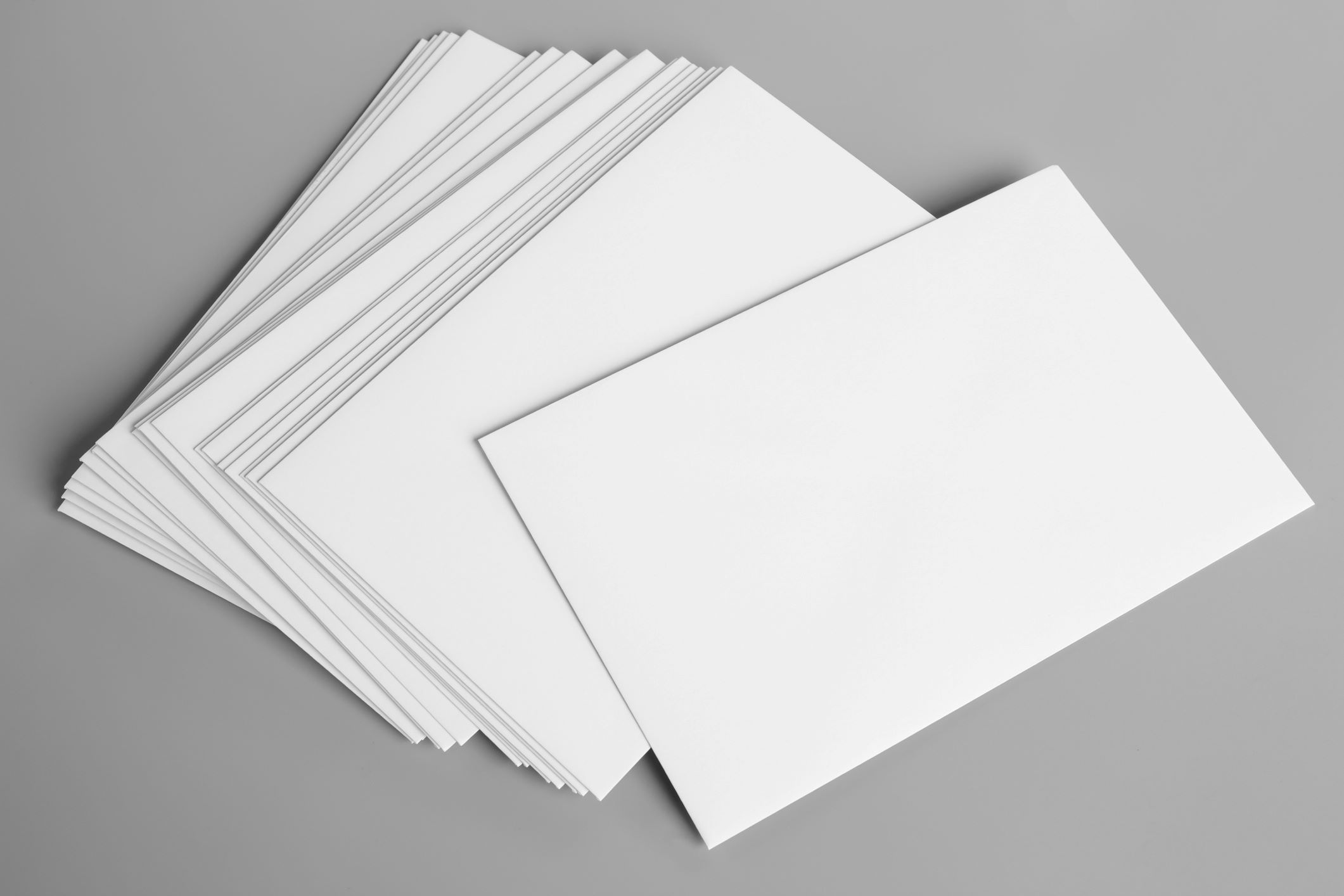

0 thoughts on “What Is The Weight Of Normal Printer Paper”